
The top 10 most bizarre legal highs
Legal doesn’t mean safe—or smart. This list explores 10 strange and sometimes powerful legal drugs that highlight just how weird drug laws can be. It’s not a list of recommendations—just a glimpse into the bizarre world of legal highs.
The world of psychoactive substances isn’t limited to well-known illegal drugs or regulated pharmaceuticals. Tucked away in ethnobotanical traditions, medicine cabinets, spice racks, and novelty shops are a host of legal highs—substances that can intoxicate, sedate, or even send users into strange and vivid hallucinations.
These legal alternatives to illicit drugs thrive in the grey zones of legislation. They remain technically permissible under certain laws but can produce surprisingly potent effects—ranging from mild euphoria to full-blown trips. Some are natural, others synthetic, but all of them raise one question: how can something this powerful still be legal?
Let’s explore the bizarre, the baffling, and the sometimes dangerous world of the most outlandish legal highs still accessible in various corners of the globe.
What are legal highs?
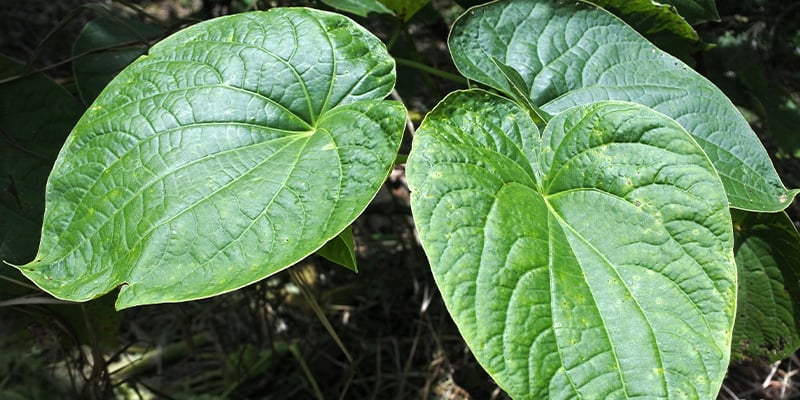
Legal highs are substances that get you high but haven’t been officially banned—yet. You’ll find them sold online, in headshops, or even in the most unsuspecting places like garden centers or pharmacies. They can come in the form of powders, pills, herbs, seeds, or resins, and their legal status often hinges on how closely they resemble a controlled substance.
Many legal highs are designer drugs—chemicals created to replicate the effects of illicit substances while skirting existing laws. Others come from nature: plants, roots, and seeds with a history of ceremonial or recreational use. Some deliver light stimulation; others are shockingly intense.
Despite the name, legal doesn’t mean safe. Governments around the world struggle to keep pace with the rapid development of synthetic compounds, and consumers often face risks due to unknown ingredients, inaccurate labeling, and unpredictable effects.
Smartshop
Visit the Zamnesia Smartshop for everything from natural herbs, kratom, energisers, and aphrodisiacs.
The 10 most bizarre legal highs
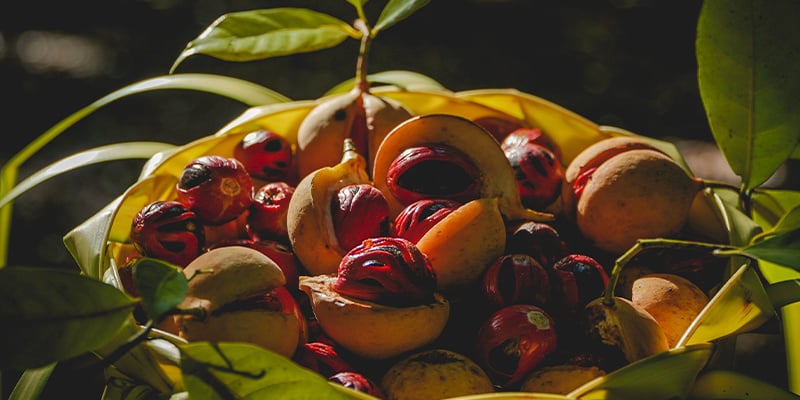
Let’s take a look at ten of the strangest legal highs you can still find around the world. Each one worthy of note due to its origins, effects, or curious legal status.
Note: This is not a list of legal highs you should experience! Some of the drugs on this list are extremely dangerous, others highly unpleasant, and some both. Please be careful.
1. Nutmeg
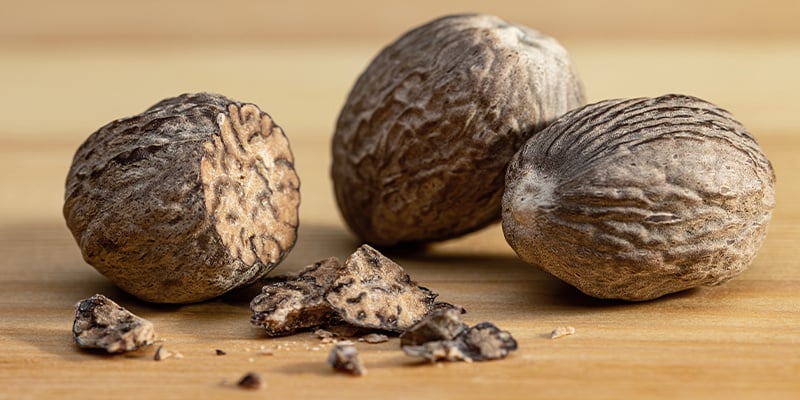
- Effects: Hallucinations, nausea, dizziness, confusion.
- Why it’s bizarre: It’s in your kitchen—but can trigger a trip.
- Legal status: Legal worldwide and not typically regulated.
Nutmeg might seem innocent enough, but when taken in large doses—about 5 to 10 grams—it can trigger intense psychoactive effects. Myristicin, a compound found in nutmeg oil, affects the central nervous system, leading to hallucinations, disorientation, and severe gastrointestinal discomfort.
Historically, nutmeg held spiritual and medicinal significance in various cultures. Today, it’s more likely to sit on a spice rack than on a list of recreational drugs, but some thrill-seekers still test its limits. The high comes with a steep cost: side effects like dry mouth, nausea, and anxiety can last for days. It’s legal, yes—but not advisable.
2. Salvia divinorum
- Effects: Intense, short-lived hallucinations, altered perception of space and self.
- Why it’s bizarre: A sacred Mazatec plant with rapid, reality-bending effects.
- Legal status: Banned or restricted in many places; legal in others.
Salvia divinorum is a powerful psychedelic plant from the mint family. Indigenous Mazatec shamans in Oaxaca, Mexico have long used it for spiritual rituals. When smoked or chewed, salvinorin A—the plant’s active compound—binds to kappa opioid receptors in the brain, producing visions, out-of-body experiences, and a warped sense of time and identity.
Despite its sheer intensity, salvia has remained legal in some jurisdictions because it doesn’t resemble classical psychedelics like LSD or psilocybin at the molecular level. That loophole has made it a curiosity among psychonauts and legal high seekers.
3. Kava
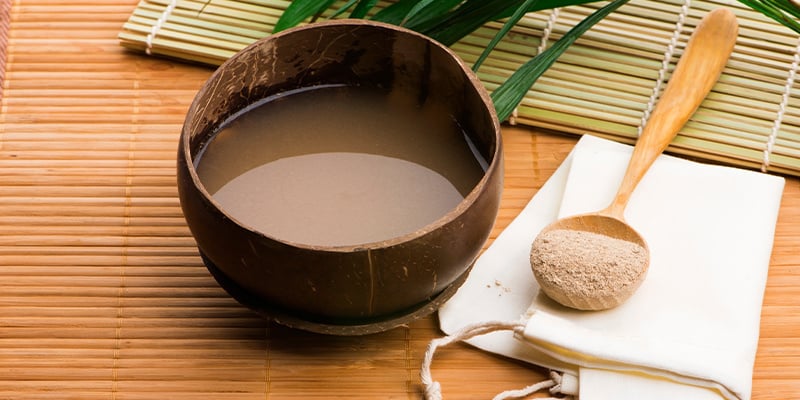
- Effects: Relaxation, euphoria, muscle tension relief.
- Why it’s bizarre: A soothing traditional drink with growing Western appeal.
- Legal status: Legal in many countries; restricted or banned in some.
Kava comes from the roots of Piper methysticum, a plant native to the South Pacific. Traditionally prepared as a ceremonial drink, kava creates a soothing, socially lubricating buzz—like alcohol, but without the cognitive fog or aggression.
The active ingredients, known as kavalactones, interact with GABA receptors in the brain, reducing mental tension and promoting a sense of well-being. Its growing popularity in the West has sparked debates about safety—particularly its potential impact on the liver when consumed excessively.
Still, kava bars are popping up in cities across the world, and many regard it as a natural, legal alternative to alcohol or benzodiazepines.
4. Poppers (amyl nitrite)
- Effects: Short-lived euphoria, head rush, muscle relaxation.
- Why it’s bizarre: Originally a heart medication, and now a party staple.
- Legal status: Sold legally for specific uses; regulation varies.
Poppers were first developed in the 19th century to treat angina, a type of chest pain. The vapor, inhaled directly from the bottle, causes blood vessels to dilate and muscles to relax—especially smooth muscles like those in the throat and anus. This made them a popular aid in some sexual contexts.
Beyond their medicinal origins, poppers have carved a niche in club and queer culture. Users experience a short burst of euphoria and lightheadedness, often accompanied by a warm sensation and increased heart rate. Though legal to sell as “room odorizers” or “cleaning agents,” their recreational use remains both common and controversial.
5. Hawaiian baby woodrose seeds
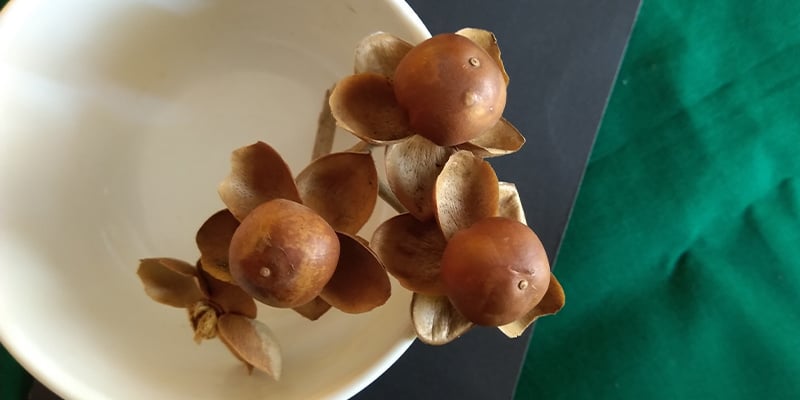
- Effects: Visual hallucinations, time distortion, nausea.
- Why it’s bizarre: A natural source of LSA, LSD’s chemical cousin.
- Legal status: Legal to possess in most countries; not intended for human consumption.
These large, furry seeds from the Argyreia nervosa vine contain LSA (lysergic acid amide), a naturally occurring psychedelic compound structurally similar to LSD. The trip is long and unpredictable—lasting up to 12 hours and often accompanied by nausea and stomach cramps.
Many users describe an introspective, dreamlike experience, though the plant’s heavy physical effect makes it less appealing than other psychedelics. The seeds are often sold as botanical specimens, bypassing regulations on intent. Ingesting them, however, is not without risk.
6. DXM (Dextromethorphan)
- Effects: Dissociation, altered perception, hallucinations at high doses.
- Why it’s bizarre: It’s in your cough syrup.
- Legal status: Over-the-counter in many places but monitored for misuse.
Found in cold medicines like Robitussin and NyQuil, DXM is a common cough suppressant that, in high doses, acts as a dissociative hallucinogen. When misused—often referred to as “robotripping”—it can induce a range of effects, from slight euphoria to full dissociation and visual hallucinations.
DXM works on NMDA receptors in the brain, similar to ketamine or PCP, although it’s far less predictable. At higher doses, users report feeling disconnected from their bodies, experiencing alternate realities, or even temporary psychosis. Despite being readily available, DXM abuse can lead to serious health risks, particularly when mixed with other substances like acetaminophen.
7. Kratom
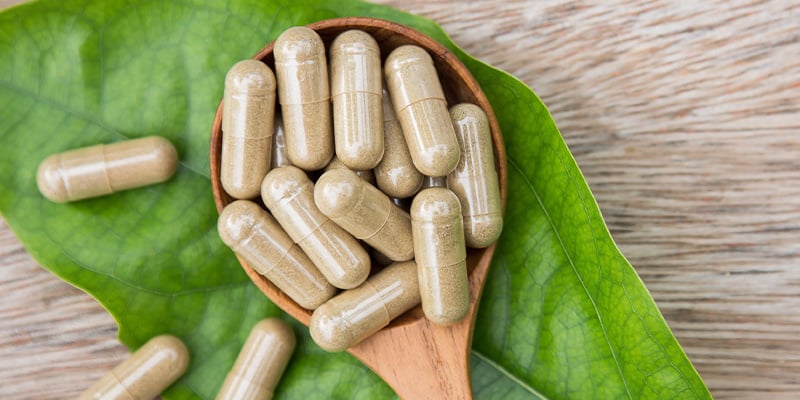
- Effects: Stimulating in low doses, sedative and euphoric in higher doses.
- Why it’s bizarre: A plant with opioid-like effects that’s still legal in many parts of the world.
- Legal status: Legal in parts of Europe and North America; banned elsewhere.
Kratom (Mitragyna speciosa) is a tropical tree native to Southeast Asia. For centuries, laborers chewed its leaves to stave off fatigue and improve focus. In higher doses, however, the same leaves deliver opioid-like effects such as physical relief and mild euphoria.
Its two primary alkaloids, mitragynine, and 7-hydroxymitragynine, act on the brain’s opioid receptors. This has made kratom a subject of controversy, with proponents touting its potential for pain management and opioid withdrawal, while critics warn of dependency and regulation gaps. Its legal status varies widely, with ongoing debates about its safety and medical potential.
8. Synthetic cannabinoids (“Spice,” “K2”)
- Effects: Unpredictable highs, paranoia, rapid heart rate.
- Why it’s bizarre: Lab-made cannabis-like substances that can be far more dangerous.
- Legal status: Constantly evolving, with many versions now banned.
Marketed as “herbal incense” or “legal cannabis,” synthetic cannabinoids are lab-made compounds designed to mimic THC, the active chemical in marijuana. They bind aggressively to cannabinoid receptors—sometimes with 100 times the potency of natural THC.
The result? A volatile cocktail of effects, including euphoria, confusion, anxiety, psychosis, and, in extreme cases, seizures or death. While individual formulations are often banned, clandestine labs stay one step ahead by tweaking molecular structures to create new, unregulated versions.
Unlike cannabis, synthetic cannabinoids lack a long history of human use or predictable dosing, making them some of the most dangerous legal highs available. These drugs are best avoided—the effects are deeply unpleasant and highly dangerous. There are safer substances for those exploring altered states.
9. Catnip (for humans)
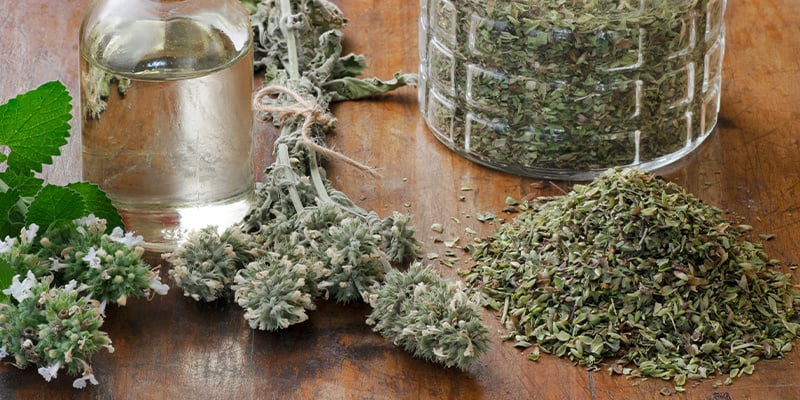
- Effects: Mild sedation
- Why it’s bizarre: It makes cats go wild—and affects humans too.
- Legal status: Completely legal and widely available.
Catnip (Nepeta cataria) is famous for its effect on felines, but it also produces mild psychoactive effects in humans. Traditionally used in herbal teas for relaxation and sleep issues, catnip can induce a light buzz or soothing sensation when smoked or brewed.
It contains nepetalactone, which interacts with receptors in the brain—albeit much less dramatically than in cats. While some users claim slight euphoria or enhanced mood, others report very little effect. It’s perhaps more novelty than narcotic, but its crossover appeal earns it a place on this list.
10. Datura
- Effects: Hallucinations, confusion, delirium, amnesia.
- Why it's bizarre: A notorious poison used in rituals.
- Legal status: Legal to grow, but toxic and dangerous when ingested.
Datura, also known as jimsonweed or devil’s trumpet, is a powerful and often deadly hallucinogen. Used in ancient rituals from India to the Americas, the plant contains anticholinergic compounds like scopolamine and atropine, which can plunge users into intense, often terrifying delirium.
Unlike classic psychedelics, Datura doesn’t produce visual patterns or spiritual insights. Instead, it leads to full-blown hallucinations indistinguishable from reality, complete with auditory illusions and memory loss. Many users don’t even realize they’re hallucinating until hours later. Though legal to cultivate as an ornamental plant, Datura is highly toxic—and a prime example of why legal doesn’t mean safe.
Are legal highs safe?

The short answer: not necessarily.
While these substances may be legal, many are poorly understood, inconsistently regulated, and potentially harmful. Factors like dosage, individual health, purity, and method of use all affect safety. Legal highs often come with side effects that rival or exceed those of their illicit counterparts.
Synthetic cannabinoids, for example, have led to numerous hospitalizations due to seizures, psychosis, or cardiovascular issues. Others, like Datura or nutmeg, can cause prolonged distress and pose serious toxicological risks.
The legal status of a drug is not a measure of its safety, but merely a reflection of how long it has evaded legislation.
The future of legal highs
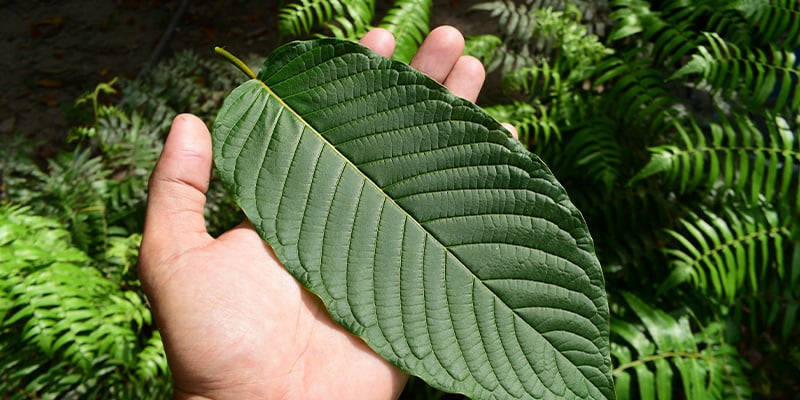
The market for legal highs continues to change and adapt. As soon as authorities ban one compound, chemists create another. This cat-and-mouse game between manufacturers and lawmakers fuels a dynamic (and chaotic) grey market.
Some countries have begun introducing blanket bans or generic legislation, thereby outlawing entire families of compounds rather than listing them individually. This has pushed the creation of ever more obscure or untested substances. Meanwhile, the push for evidence-based drug policy could see some currently banned substances decriminalized, while others on this list, like kratom or kava, might become regulated and studied for their therapeutic potential.
Making informed choices: Find the balance
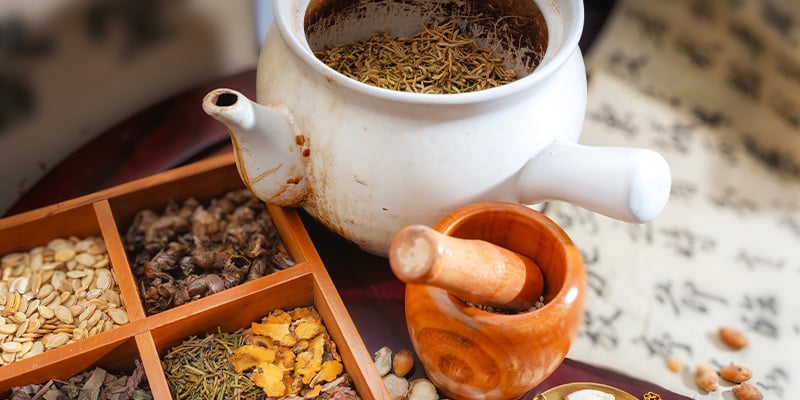
Legal highs occupy a strange place in the drug landscape. They offer everything from mild soothing effects to vivid hallucinations—often without legal repercussions. But novelty and legality don’t guarantee safety. Before trying any substance, know what you’re taking, research its effects, and understand the risks. Many of these substances deserve more scientific scrutiny and regulation—not just reactive bans.
If you’re exploring altered states, informed, respectful, and cautious use will always serve you better than reckless experimentation. Whether it’s nutmeg or kratom, catnip, or Datura, the bizarre world of legal highs proves one thing: the line between legal and illegal often has little to do with the actual experience.
-
 5 min
October 14, 2025
Top 10 tobacco alternatives for spliffs
Looking for a healthier, nicotine-free way to roll? This guide compares the top 10 tobacco alternatives for joints. From chamomile to hops and trending rose petals, find the best tobacco...
5 min
October 14, 2025
Top 10 tobacco alternatives for spliffs
Looking for a healthier, nicotine-free way to roll? This guide compares the top 10 tobacco alternatives for joints. From chamomile to hops and trending rose petals, find the best tobacco...
-
 3 min
August 24, 2020
Top 10 Places To Trip
A psychedelic trip can be quite an adventure in and of itself. To enhance the experience even more, there are a few factors worth considering. Usually, tripping with good friends or people you feel...
3 min
August 24, 2020
Top 10 Places To Trip
A psychedelic trip can be quite an adventure in and of itself. To enhance the experience even more, there are a few factors worth considering. Usually, tripping with good friends or people you feel...
-
 3 min
October 14, 2019
The Best Secret Spots To Hide Your Cannabis Stash
Stashing your weed can be tricky, especially if you live with people who are not cannabis-friendly. So here are a few ideas to get you going.
3 min
October 14, 2019
The Best Secret Spots To Hide Your Cannabis Stash
Stashing your weed can be tricky, especially if you live with people who are not cannabis-friendly. So here are a few ideas to get you going.
-
 5 min
September 6, 2019
Top 10 Best Cannabis Strains
Ever wondered what our favourite cannabis strains are here at Zamnesia? Wonder no longer, we have put together a list of our top 10.
5 min
September 6, 2019
Top 10 Best Cannabis Strains
Ever wondered what our favourite cannabis strains are here at Zamnesia? Wonder no longer, we have put together a list of our top 10.
-
 5 min
October 13, 2015
10 Reasons ALL Drugs Should Be Legalised
Whatever your views on the legalisation of drugs, there is something to learn from the debate. So here are a few good arguments in favour.
5 min
October 13, 2015
10 Reasons ALL Drugs Should Be Legalised
Whatever your views on the legalisation of drugs, there is something to learn from the debate. So here are a few good arguments in favour.
-
 3 min
November 25, 2014
Top 10 Countries Where You Can Smoke Weed
Cannabis isn’t yet legal everywhere, but there are many stoner-friendly havens across the world. The perfect spot for your next holiday might be among them.
3 min
November 25, 2014
Top 10 Countries Where You Can Smoke Weed
Cannabis isn’t yet legal everywhere, but there are many stoner-friendly havens across the world. The perfect spot for your next holiday might be among them.





 United States
United States











